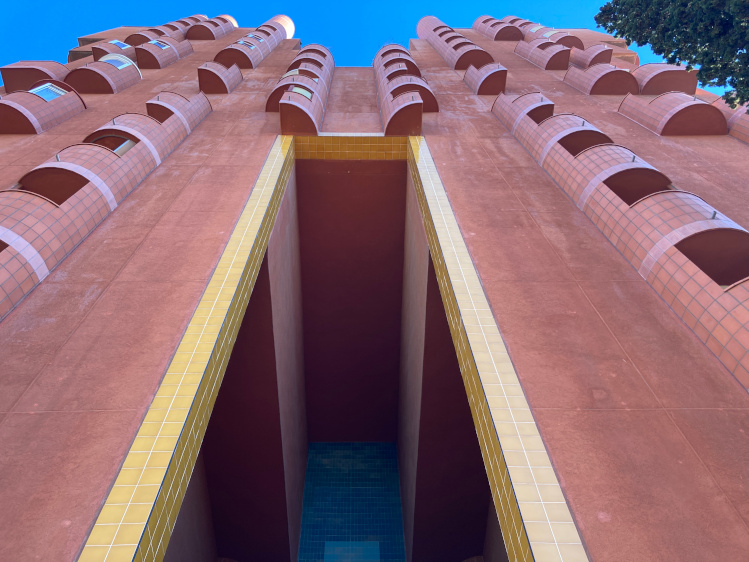Remembering Ricardo Bofill, the cosmopolitan Catalan architect
An eternal utopian and nomad, he will be remembered for his talent, creativity and innovation

Simple forms, cubic units, avant-garde styles, unique spaces… all of this and more can be used to describe the works of the late Catalan and yet markedly cosmopolitan architect Ricardo Bofill.
Born not long after the civil war, Bofill was forward-thinking not only in terms of his architecture and his workshop’s multidisciplinary philosophy but also in terms of his politics, which got him in trouble with Spain’s Francoist regime.
"He was first kicked out of Spain and Barcelona and Catalonia when he was 18, when he was a student, because he was a ‘Republicano’ and anti-Francoist," his youngest son, Pablo Bofill, the CEO of the architecture workshop his father founded, told Catalan News.
After a stint in Geneva, he was able to come back to the country but ran into issues once again a few years later. "After a project called ‘The City in Space’ in Madrid, he had to leave again for more than 20 years," Pablo Bofill explained.
Thankfully, Bofill was eventually able to return and continue to leave his mark on Barcelona. Walden 7, a nod to the American philosopher and psychologist B. F. Skinner which drew inspiration from the unbuilt ‘The City in Space’, is probably one of his most famous buildings. Located in Sant Just Desvern, near Barcelona and not far from his workshop, it has seven interior gardens and 18 towers. Today it is an apartment complex that houses some 3,000 people.
And alongside the likes of Oriol Bohigas, the “father of modern Barcelona,” he is credited with helping reshape the Catalan capital in the 80s ahead of the 1992 Summer Olympics. “He brought to Barcelona the idea of opening the Diagonal avenue to the sea and trying to have this link that didn't exist before,” his son said. "Even if it was not always as an architect, he brought the developers, he brought the clients, he put the mayor, Pasqual Maragall, in touch with the American developer called Hines."
Bofill was also the mastermind behind Barcelona’s emblematic W Hotel and Catalonia’s National Theater. He is also known for the surreal Red Wall Apartment Complex in Calp, further south on the Mediterranean coast, while abroad he created, for example, the Antigone neighborhood of Montpellier.
“His origin was Catalunya and Barcelona and that's very important for him,” his son said. “But when you come from a city that is not in the center, you need to live with being open to the world.”
News of his death on January 14 at age 82 was met with sorrow in the world of architecture and beyond, and thousands of people paid tribute to him at his workshop in Sant Just Desvern. Mourners and admirers were able to see models of some of his works and pictures of him and his family, especially in the Sahara desert, where he found much inspiration.
Ricardo Bofill, the eternal nomad, as he described himself, will undoubtedly be remembered for his unmatched talent, creativity, and innovation.